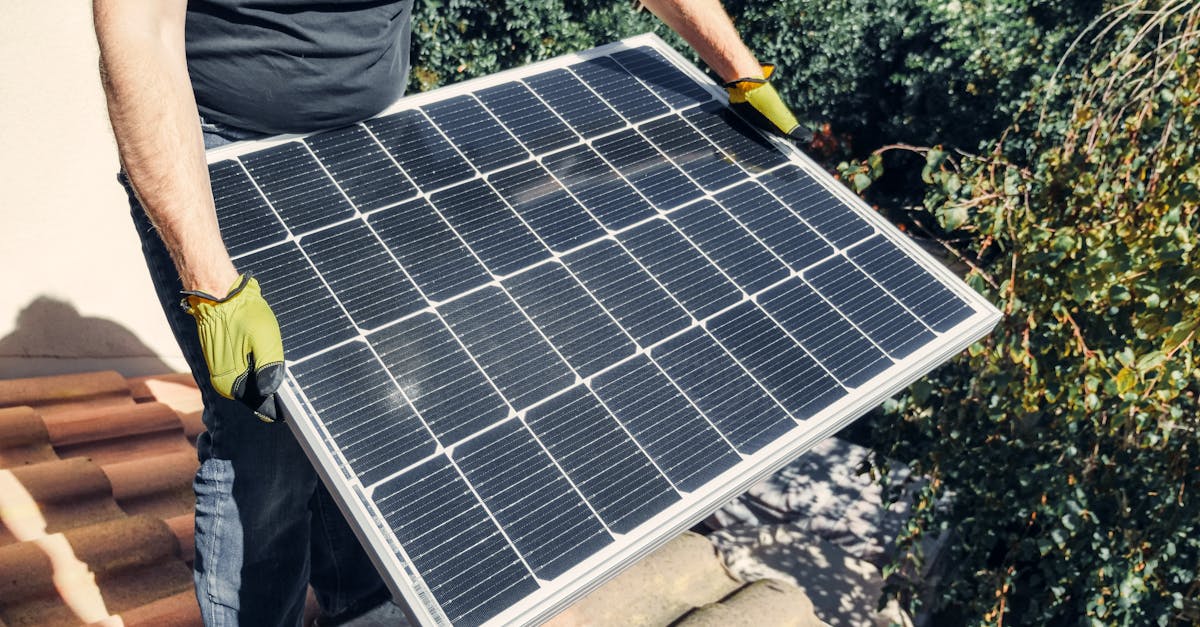
nability in urban environments.
Stormwater runoff presents challenges in city planning, particularly in densely populated areas. Metal roofing helps to control these issues by decreasing the volume and speed of runoff. The reflective nature of metal tiles can also be advantageous, as they do not absorb as much heat during rainfall, which helps to maintain lower surface temperatures. By implementing appropriate drainage solutions in conjunction with metal roofing, municipalities can alleviate pressure on existing drainage infrastructure, thus enhancing overall water management strategies.
Stormwater Runoff and Drainage Solutions
Efficient management of stormwater runoff is critical in urban areas, particularly where impervious surfaces like metal tile roofs are prevalent. The reflective nature of metal roofing contributes positively to water management by reducing heat absorption and subsequently decreasing local evaporation rates. This helps maintain healthier moisture levels in the surrounding environment. Furthermore, the design of metal roofing can facilitate the collection and channeling of rainwater, diverting it effectively to prevent pooling and associated issues.
Incorporating features such as gutters, downspouts, and rainwater harvesting systems can enhance drainage solutions linked to metal roofs. These systems can capture stormwater for reuse in irrigation or other non-potable applications, promoting sustainability. By prioritising these drainage strategies, homeowners and builders can significantly mitigate the impacts of runoff while contributing to the overall resilience of urban infrastructure against extreme weather events.
Contribution to Green Building Practices
Metal roofing plays a significant role in the advancement of green building practices. Its lightweight nature reduces the need for extensive structural support, leading to lower material usage when constructing roofs. Furthermore, many metal roofing options include recyclable materials, which can minimise the ecological footprint of new constructions. This alignment with sustainability goals encourages builders and homeowners to consider metal tiles as a viable alternative to traditional roofing materials.
Certifications for green building also recognise the benefits of metal roofing in terms of energy efficiency and durability. Many products meet strict environmental standards, contributing to credits in various green building certification programs such as the Green Star rating system. By opting for metal roofing, builders and developers can enhance their projects' sustainability profiles. The longevity of metal roofs reduces the frequency of replacement and repairs, which further supports environmentally responsible construction practices.
Certifications and Sustainable Materials
Sustainable materials play a vital role in the design and construction of metal tile roofing systems. These materials often include recycled content, which reduces the demand for new raw resources and minimises environmental degradation. Metal tiles are typically composed of durable alloys that have a long life span, contributing to reduced waste over time. Manufacturers often seek eco-friendly production methods, ensuring energy efficiency throughout the manufacturing process.
Certifications such as Green Star and the National Australian Built Environment Rating System (NABERS) recognise roofing products that meet specific environmental standards. These ratings provide consumers with peace of mind, indicating that the materials have been evaluated for their sustainability and overall impact. Compliance with these certifications not only supports environmentally conscious building practices but also enhances the marketability of properties equipped with metal tile roofing.